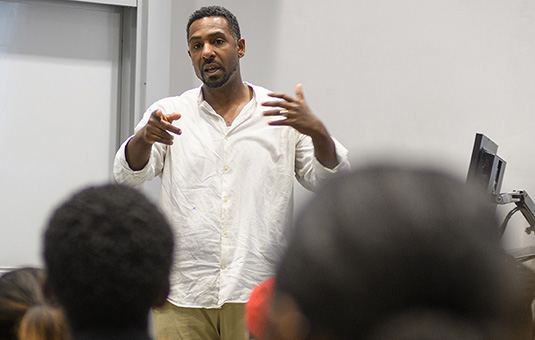
History
Sexing the hammam: Gender crossings in the Ottoman bathhouse
Abstract
From classical Muslim treatises to more contemporary expressions in the Tunisian film Halfaoune (1990), the public bathhouse (hammam) has been portrayed as a crossing place in a variety of texts. It is where boyhood transitions into manhood, and where morality and gender norms are inverted in ways that threaten social order. The common theme of forbidden sexuality is manifest in the bathhouse, and sometimes dangerously normative within its steamy walls. While these narratives may read as sexual escapism-or simple Orientalism wherein Muslim women and even young men were objects of such fantasies-for historians of gender and sexuality, we must search for deeper meaning. Portrayals of the bathhouse as a sexualized space inspire us to ask, Why does the bathhouse, from a symbolic standpoint, elicit such sexualized and gendered responses? Historically, how did Ottoman discourse sexualize the bathhouse and simultaneously seek to stabilize and regulate this suspicious space? Finally, why is the bathhouse in particular portrayed as a liminal space where transformation and boundary-crossing are possible?


